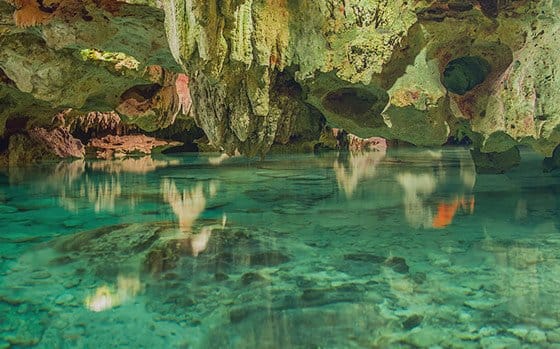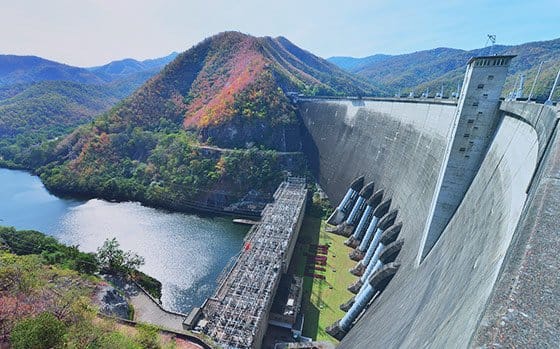Environment, Pollution, And Climate
Protecting the environment is a priority for all inhabitants of the Earth. Our planet today is endangered by human activity. Until recently, nobody attached much importance to this, as a result of which we now have climate change, droughts, environmental disasters and many other events that adversely impact on the environment
Case Studies
Fortunately, in addition to their destructive influence, advanced technologies can help people to protect and restore the environment. EOS.com is making its own contribution to this by constantly working to identify new opportunities for observation and protection of the environment.
Groundwater management

Ground waters are water resources that are stored in the subsoil of our planet. These waters partially fill gaps in the upper part of the Earth’s crust and make up around 67% of the planet’s total fresh water reserves. Although underground, these waters lie not far below the surface and fluctuate substantially depending on the time of year. The groundwater level depends directly on precipitation and snowmelt, as well as drought and excessive water use.
In view of the above, ground water volumes need to be monitored constantly, but this has been virtually impossible until recently. Now, however, with the development of Earth Remote Sensing technologies and satellite radar image analysis, we can now even do it online.
It has now become possible to rationally manage water resources not only on the Earth’s surface, but also underground. This will help to prevent droughts in the future and to plan the use of water resources in regions where there are shortages.
Levee Management

Levees play an important role in managing water resources. They can help to prevent floods, overflows from irrigation canals and other natural disasters caused by uncontrollable water flows. They can also be used to redirect riverbeds for future use for commercial and conservation purposes.
Unfortunately, levees require thorough monitoring and maintenance to combat the ongoing process of erosion of the soil and rocks that form their basement and structure. Failure to carry out timely maintenance work can often result in the sudden destruction of a levee, leading to floods.
These unpleasant consequences can be avoided with the help of a system for monitoring the status of levees. And by monitoring harmful factors, it is possible to not just observe, but also prevent any damage. One such factor is the presence of undesirable vegetation on the surface of the levee. As the root systems of such plants are capable of destroying a levee it is important to detect them and take action in good time. Using object classification technologies with satellite images of the Earth’s surface it is simple to detect and assess the presence and impact of harmful factors on levees.
EOSDA Engine enables processing of images in the cloud, making it unnecessary for various organizations to build up their computing capacities and providing a unique solution to these issues. This is a very important factor for conservation organizations, because where funding is short, creating models and analysing images can often take up large amounts of time and human resources.
EOSDA Engine changes things for the better, providing a convenient and easily scalable service for processing and analysis of satellite imagery.



